Introduction on how to Grow Carrot
Planting carrots is a rewarding and relatively simple gardening endeavor that can yield delicious results. Known for their sweet flavor and crisp texture, carrots are a versatile vegetable that can be enjoyed in a variety of dishes or eaten fresh from the garden. They thrive in well-drained, loose soil, making proper preparation essential for healthy root development. Whether you’re a seasoned gardener or a beginner, planting carrots provides an excellent opportunity to learn about the growing process while nurturing these vibrant orange roots. With a little care and attention, you can enjoy a bountiful harvest of this nutritious and popular vegetable.
- Prepare the soil: Carrots prefer loose, well-drained soil free of rocks and clumps. Till the soil to a depth of 10-12 inches and add compost if needed.
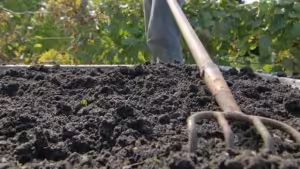
- Sow the seeds: Plant carrot seeds about ¼ inch deep in rows spaced 12–18 inches apart. Thinly scatter the seeds to avoid overcrowding.

- Watering: Lightly water the soil to keep it moist, but avoid overwatering.
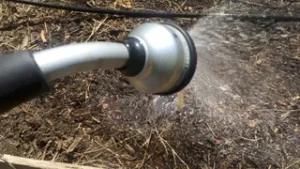
- Keep soil moist: Carrot seeds take 1-3 weeks to germinate, so keep the soil consistently moist.
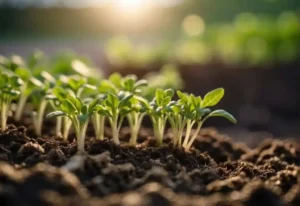
- Monitor for weeds: Weeds compete with carrot seedlings for nutrients, so remove them carefully.

- Thin seedlings: If the seeds have germinated and seedlings are 1–2 inches tall, thin them out to leave about 2 inches between each plant. This helps avoid competition for nutrients and space.

- Watering: Continue to water regularly, keeping the soil slightly moist.
- Weed Control: Keep up with weeding to ensure your carrots have room to grow.
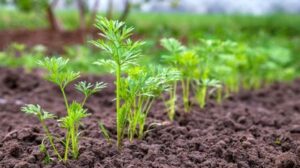
- Mulch: Consider adding a light layer of mulch to retain moisture and keep the soil temperature consistent.
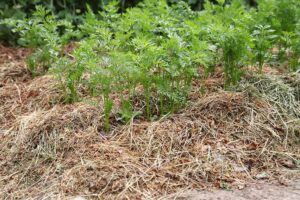
- Fertilization (optional): If the soil is poor, you can apply a balanced fertilizer. Avoid nitrogen-heavy fertilizers that promote leafy growth instead of root development.
- Watering: Make sure the soil remains moist, especially during this critical root development stage.
- Continue Care: Maintain a routine of watering and weeding. The roots are now growing deeper, so water deeply but less frequently.
- Check for pests: Keep an eye out for pests like carrot flies, which can damage the crop. Consider row covers if you notice any infestations.
- Observe growth: Carrot tops should be visibly growing, and some root swelling might start to show.
- Maintain watering: Consistent moisture is essential for proper root development and avoiding splitting.
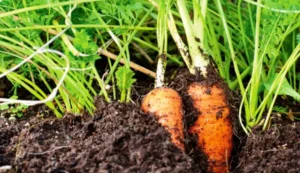
- Test for readiness: Check a few carrots by pulling them gently to see if they’ve reached the desired size. Most carrot varieties will be ready around 10-12 weeks after planting.
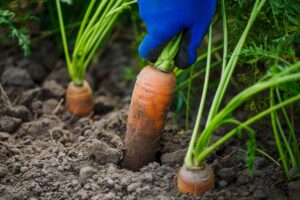
- Reduce watering: A week before harvest, slightly reduce watering to prevent the carrots from becoming too soft.
- Harvesting: Pull the carrots when they have reached the right size (typically ½ to 1 inch in diameter, depending on the variety).

- Storage: After harvesting, store carrots in a cool, dry place or in the refrigerator.



